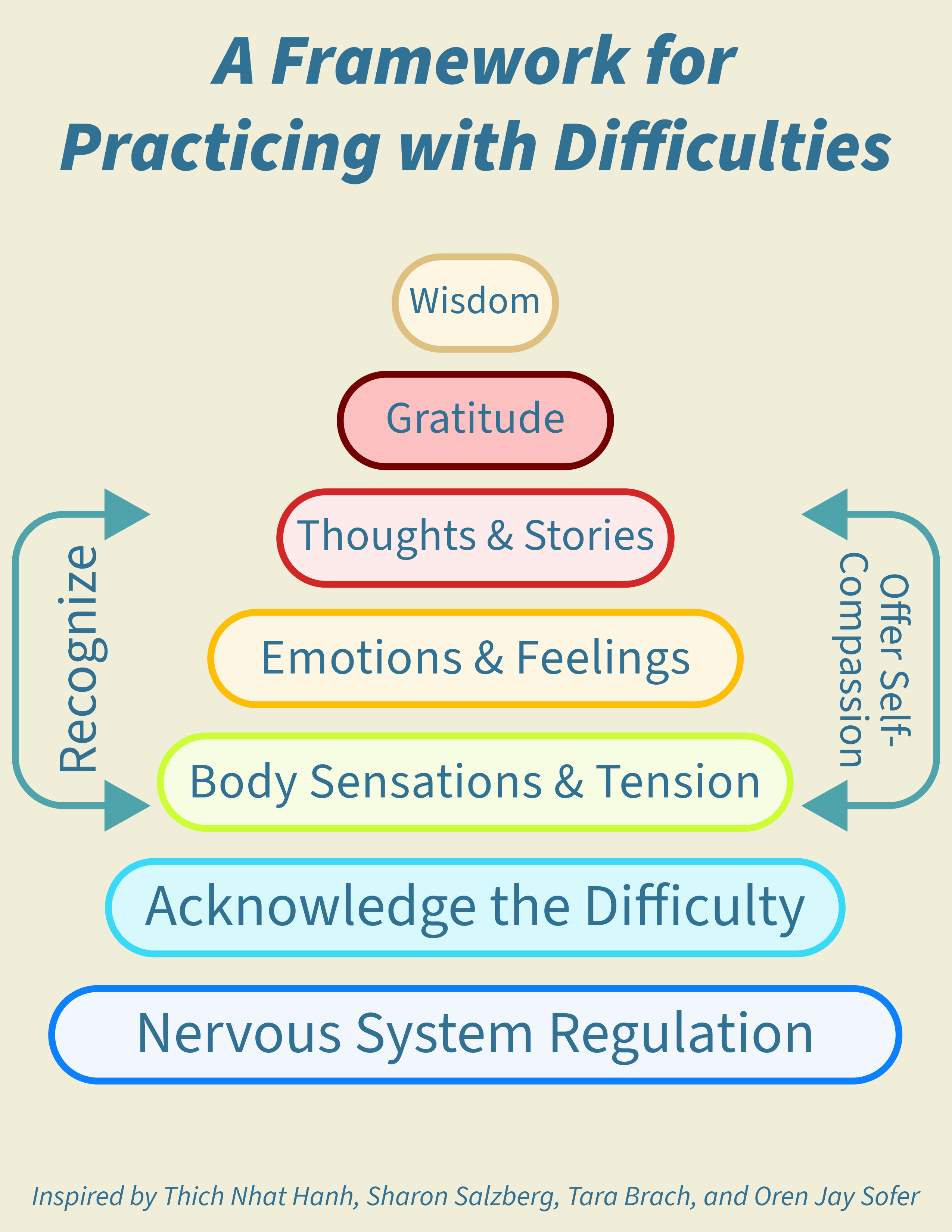
Practicing with Difficulties
by jennie | September 28, 2024 | Guided Meditations, Joyful Mountain Sangha | 0 Comments

Contemplating Priorities and Boundaries
by jennie | March 23, 2024 | Guided Meditations, Joyful Mountain Sangha | 0 Comments
Inspired by Adam Wethington and Thich Nhat Hanh. Priority #1: Well-being. Priority #2: Connection. Priority #3: Livelihood. Priority #4: Development. Priority #5: Spirituality.
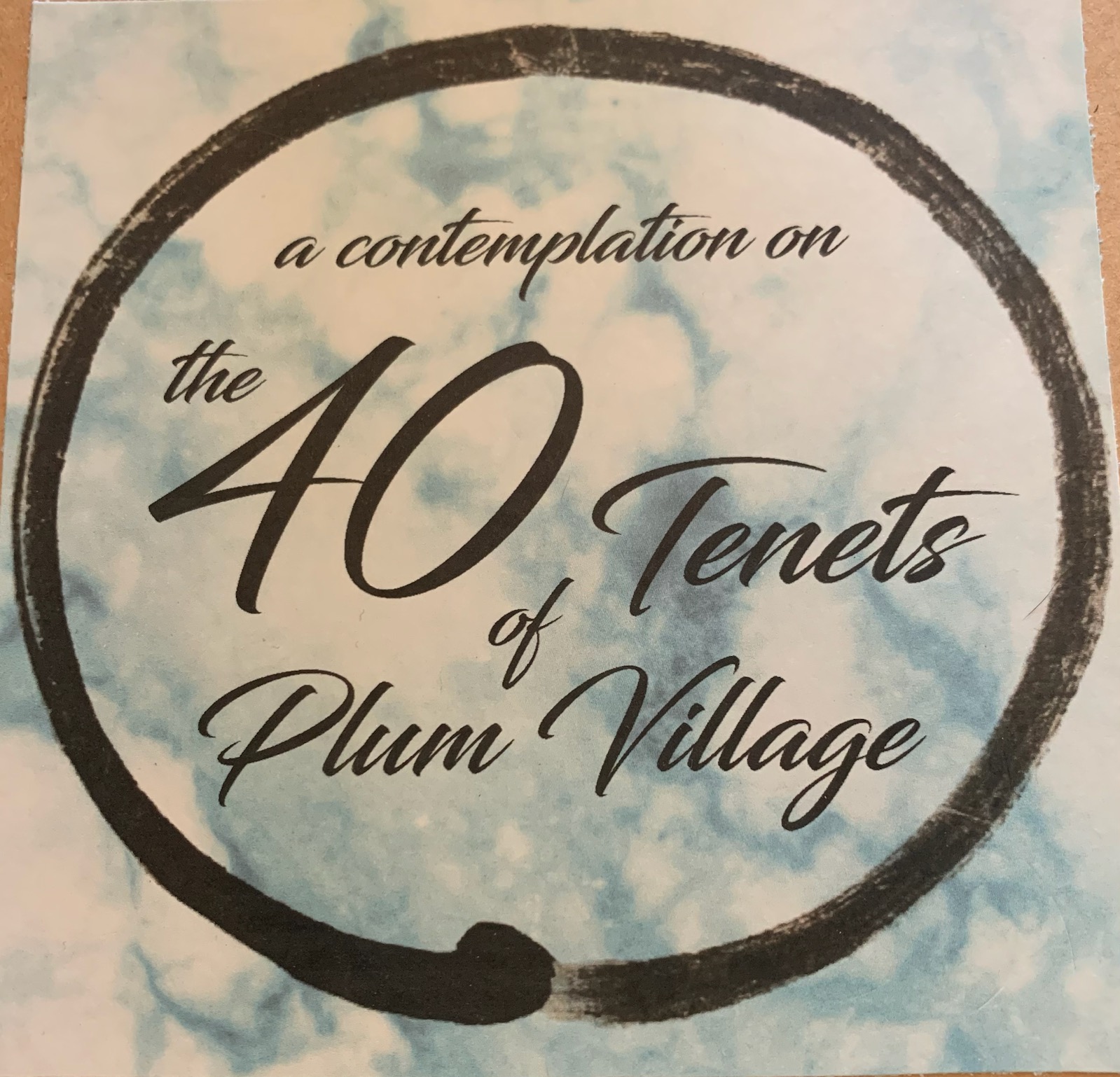
Meditations on the 40 Tenets of Plum Village
by jennie | November 25, 2023 | Guided Meditations, PVTWS on FB | 0 Comments
Breathing in, I am aware that space is a conditioned dharma. Breathing out, I know that it manifests with time, matter and consciousness. Space is conditioned; Manifesting with other dharmas.
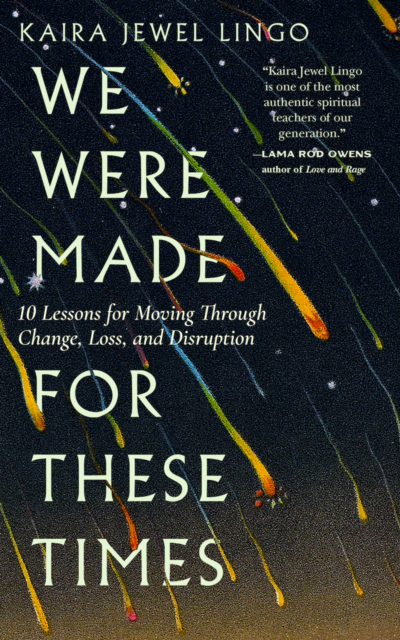
Equanimity and Letting Go
by jennie | November 22, 2023 | Guided Meditations, PVTWS on FB, Readings | 0 Comments
“When I was a child, I had a toy called a Weeble. It was shaped like an egg and made of plastic. There was some kind of weight in the bottom that kept it balanced and centered. You could tip it over and it seemed like it would fall, but then it wouldn’t. It rocked back and forth, and always came back upright to stillness. What is it that allows us to come back to balance when the transitions and challenges of our life knock us off center? What is that inner weight at our core? Equanimity is a fundamental practice that can help us to center and balance ourselves.”

Calmly Facing the Eight Worldly Winds
by jennie | October 25, 2023 | PVTWS on FB, Readings | 0 Comments
“In many countries across Asia, in Buddhist temples you find a common symbol of a wheel with eight spokes, with a hole in the center for the axle. I learned that this represents the Dharma, or the teachings of the Buddha, which are like a wheel being set in motion, and the eight spokes represent the Noble Eightfold Path taught by the Buddha.While living in Sri Lanka, I was offered an additional meaning of this symbol: the eight spokes represent the eight worldly winds. They are four pairs of opposites—pleasure and pain, gain and loss, praise and blame, and fame and disrepute. They are the four things we hope for and the four things we fear.”
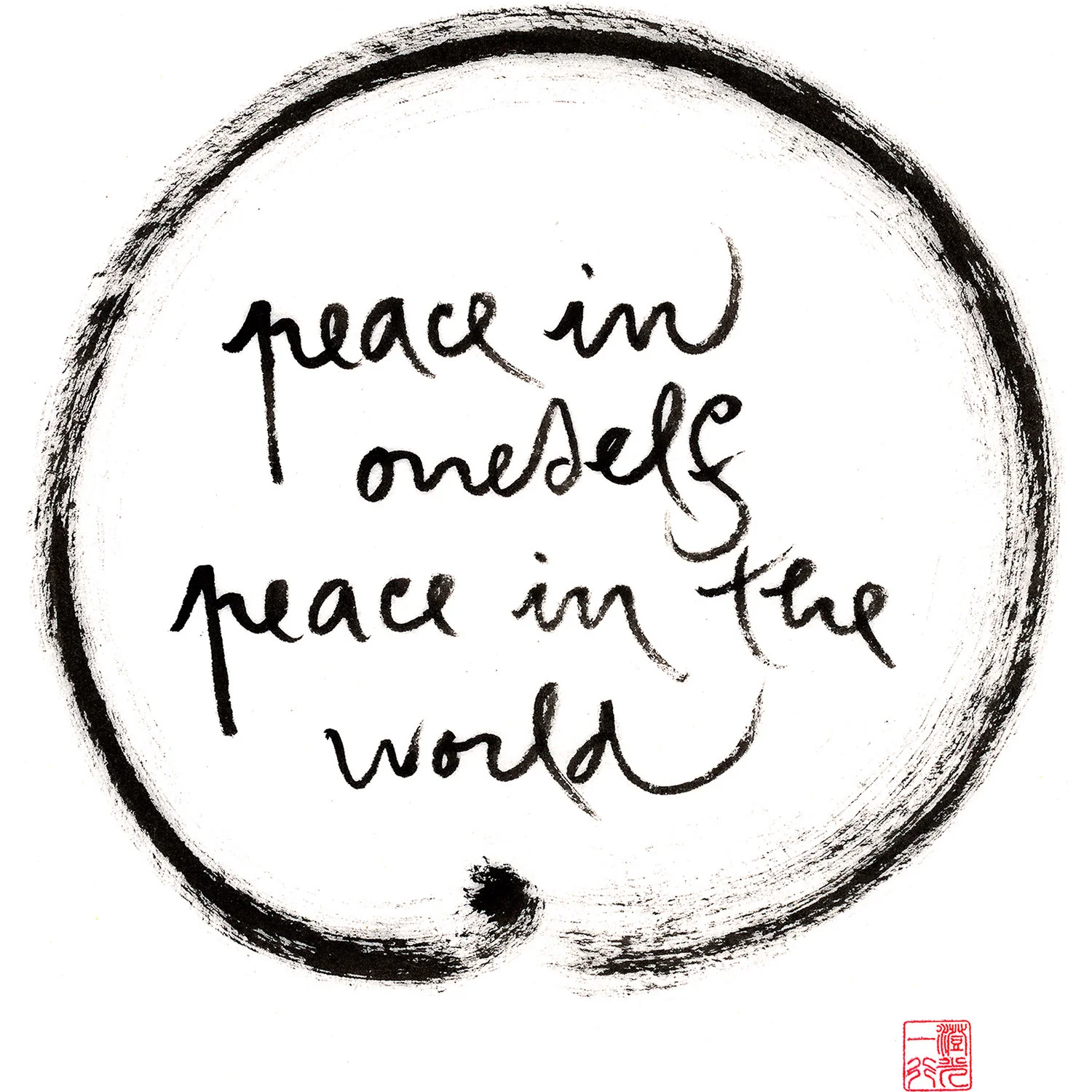
Peace Begins Here
by jennie | October 14, 2023 | Joyful Mountain Sangha, Readings | 0 Comments
“I see the path quite clearly. If you want to live, live in a beautiful way, with a lot of meaning, and surely you will be successful. Living for the sake of compassion, understanding, and nonviolence is very beautiful. I tread this path and I will never renounce it. If I were in your situation, I would follow this path. I learned this lesson in my home country. Hundreds of thousands of people died in frustration, because they embraced the path of violence. They killed each other, brothers and sisters, and I don’t want you to do the same. Peace is possible. We are not talking vaguely, we mean concrete action. That action is directed to ourselves and to the world at the same time. It is a process of transformation, healing, and peace. The spiritual power of such action can change the world.”

Embracing Strong Emotions
by jennie | October 4, 2023 | PVTWS on FB, Readings | 0 Comments
“Buddhist psychology offers a model of the mind that divides our consciousness into two layers: the upper layer is ‘mind consciousness,’ our waking mind, and the lower layer is ‘store consciousness,’ similar to the concept of the unconscious in Western psychology. It is called ‘store consciousness’ because it stores the potentialities of our mental states, which are described as seeds, sleeping in the depths of our mind. There are many kinds of seeds in our store consciousness, some wholesome, like mindfulness, generosity, and forgiveness, and some unwholesome, like greed, ignorance, and hatred. All of us have all of these many types of seeds.”
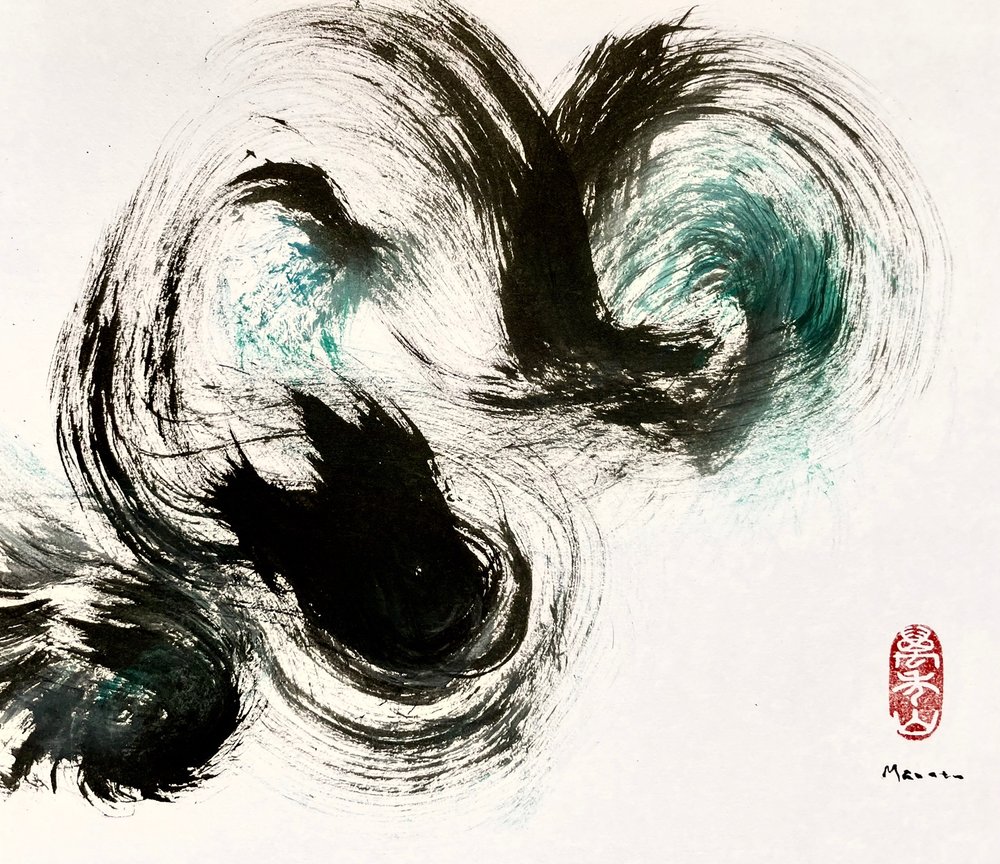
Strong Back, Soft Front—Equanimity and Compassion
by jennie | August 2, 2023 | PVTWS on FB, Readings | 0 Comments
”All too often, our so-called strength comes from fear, not love. Instead of having a strong back, many of us have a defended front, shielding a weak spine. In other words, we walk around brittle and defensive, trying to conceal our lack of confidence. If we strengthen our backs, metaphorically speaking, and develop a spine that’s flexible but sturdy, then we can risk having a front that’s soft and open.”
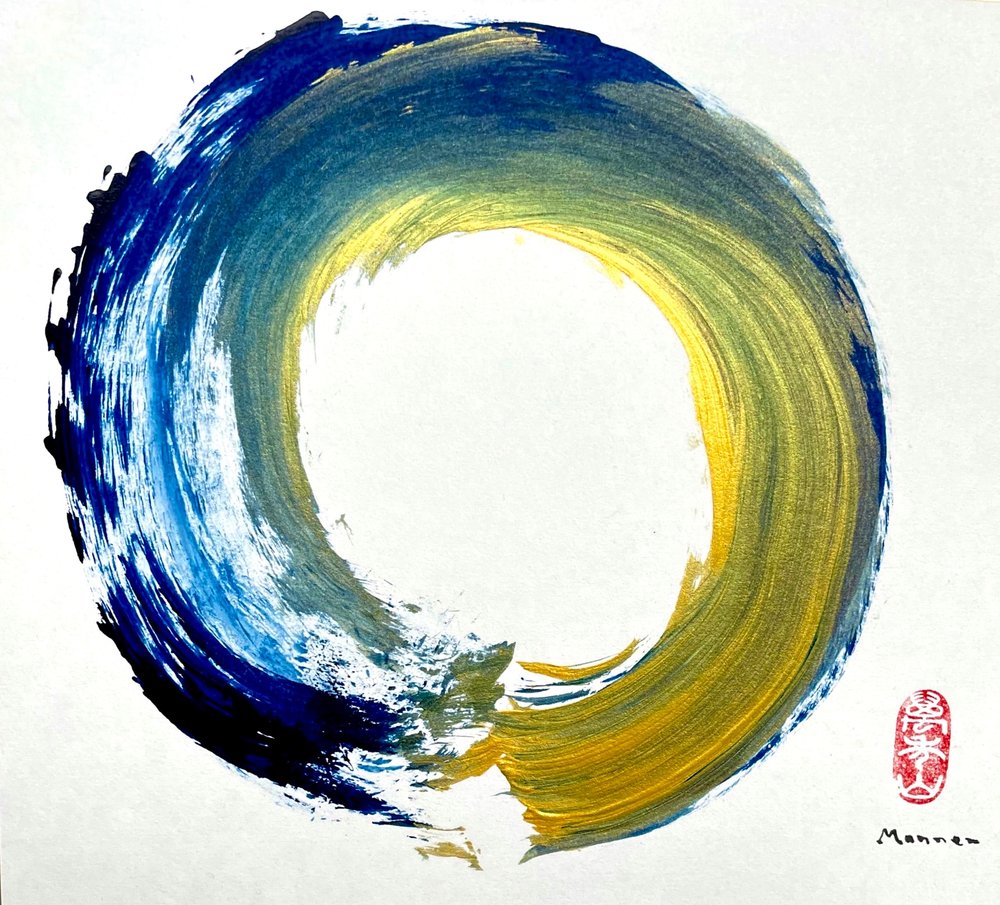
Strong Back, Soft Front—PV style
by jennie | August 2, 2023 | Guided Meditations, Joyful Mountain Sangha, PVTWS on FB | 0 Comments
(bow) Take a few moments to get settled into the meditation posture that would best support you in the present moment, whether seated, lying down, or standing. You might like to close your eyes gently or lower your unfocused gaze to the floor.
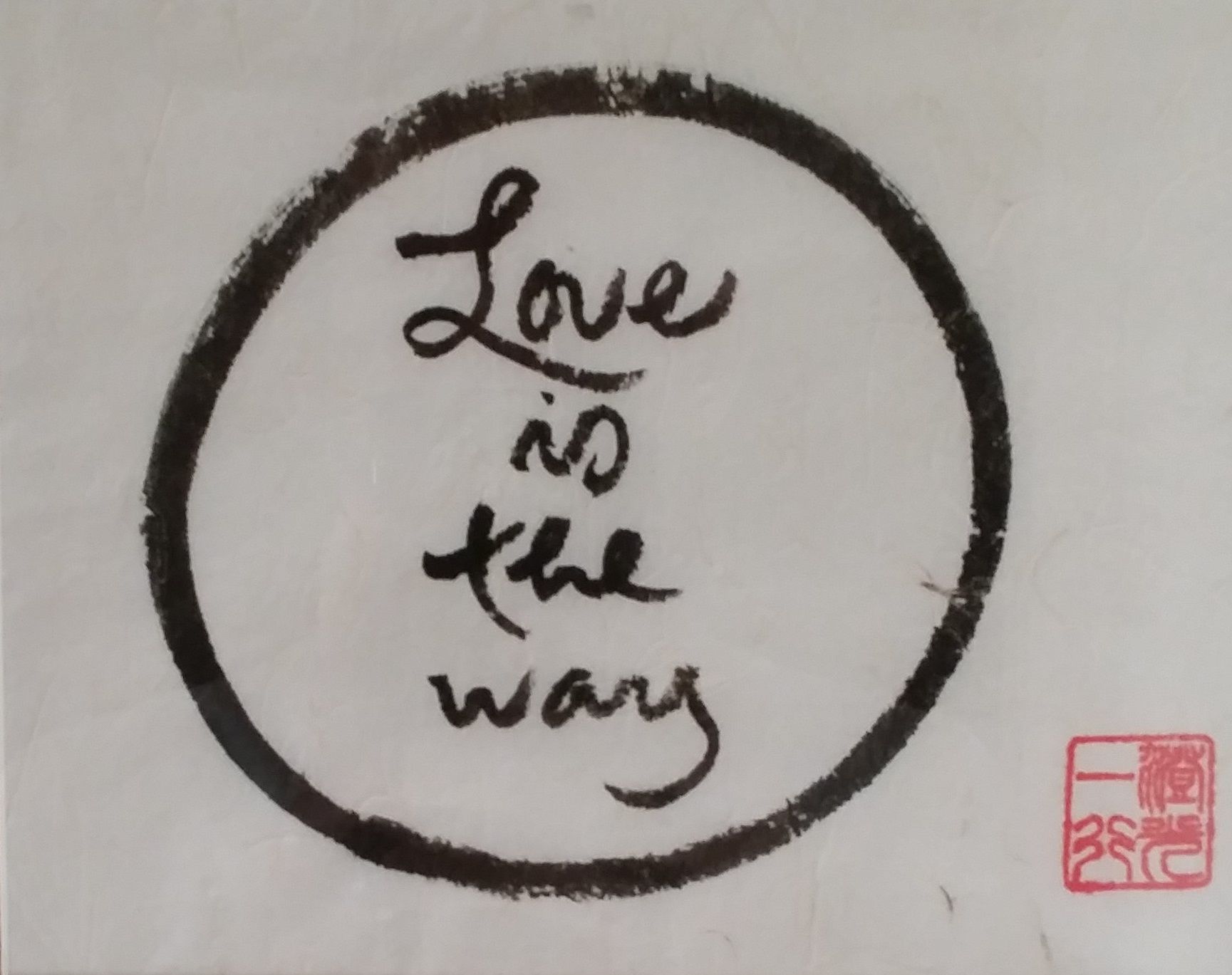
6 Elements of True Love
by jennie | March 29, 2023 | PVTWS on FB, Readings | 0 Comments
Cultivating the Six Elements of True Love in ourselves is the most concrete practice that enables us to fulfill a lifelong commitment first to ourselves, which in turn enables us to understand, love, and live in harmony with our beloved and all others as well.
